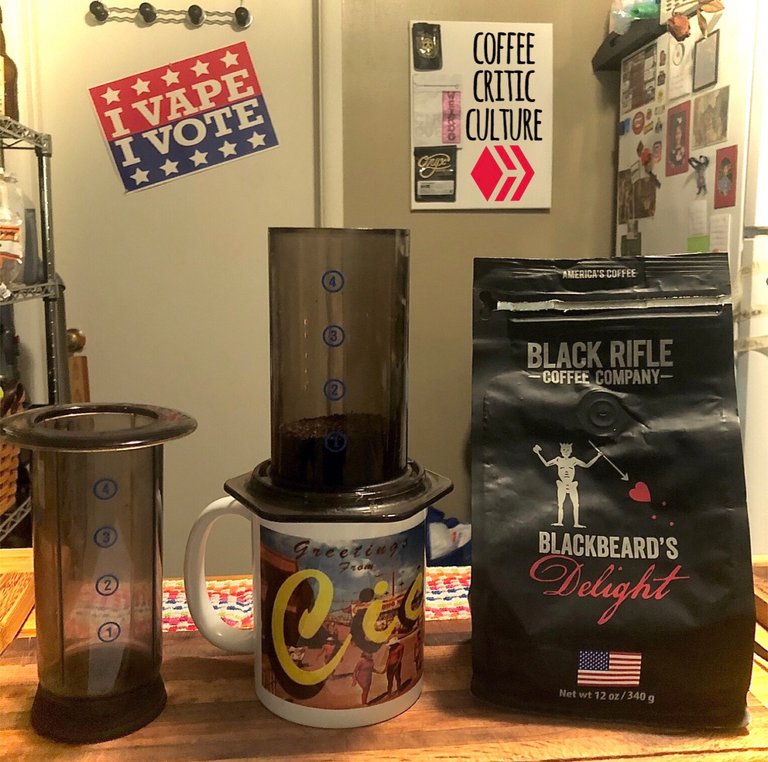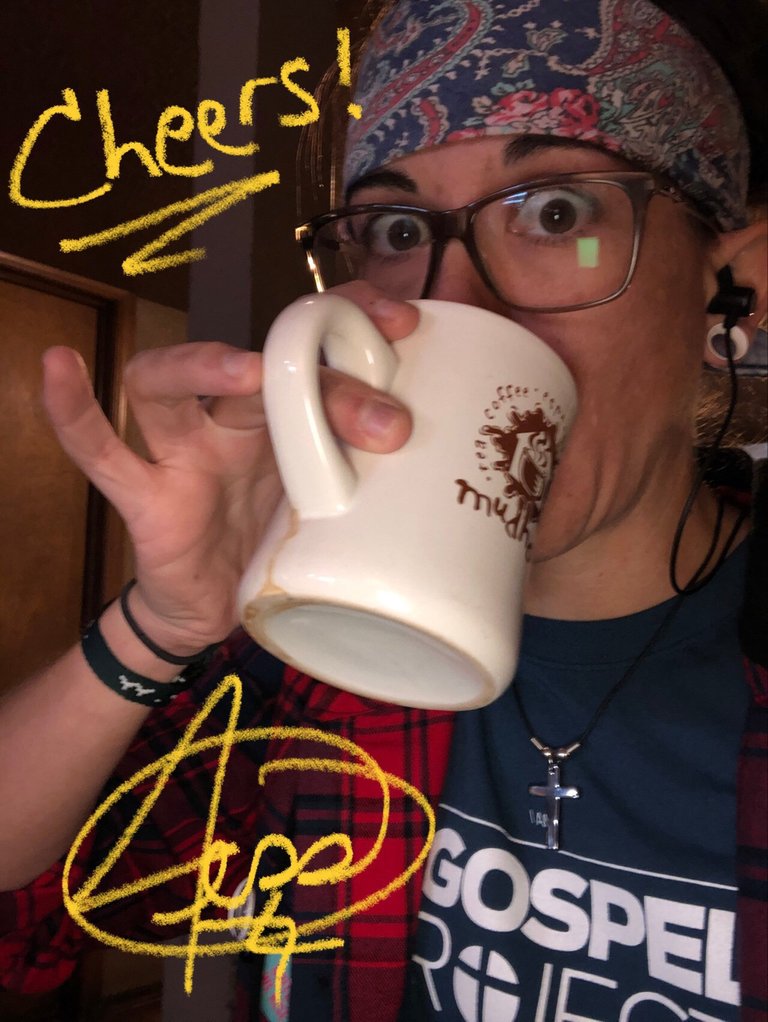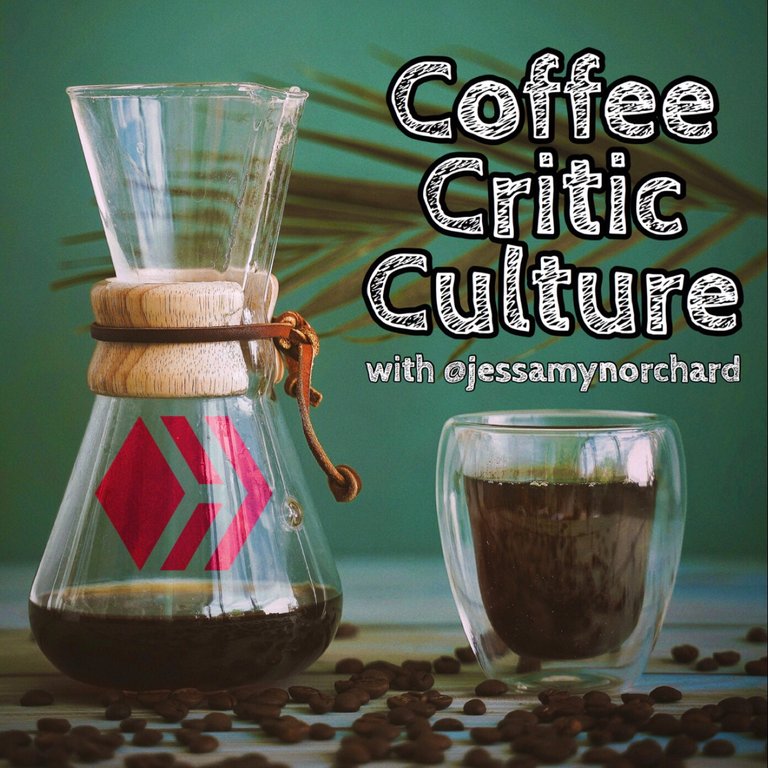
Black Rifle Coffee has been on my list to try for quite a while. I had seen their ads on social media, and I also really like to support veteran-owned businesses who do work to give back to the veteran community. Black Rifle, in turn, hit all of those chords, so I definitely wanted to give them a go.
My good friends Sean and Heather very generously surprised me a few weeks ago by shipping me a bag of Black Rifle’s Blackbeard’s Delight Blend to try—and after spending some time with it, I’m excited to bring you a review. Sean had highly recommended Black Rifle to me, and he took it a step further to actually send me a bag of it to try. Super awesome. I love my friends, I love coffee, and I love sharing coffee experiences with friends. Best of all worlds.

Diner Coffee Has My Whole Heart
I love diner coffee from places like Waffle House and truck stops. These are coffees designed to keep a person awake, to fend off hangovers, and to be strikingly bold in their nature. Truck stop coffee doesn’t mess around. It’s not concerned with delicate notes of flowers and light acid. Being from the Midwest, and having gone to college in the Mid-South, I’ve experienced the complete gamut of truck stop coffees. Coffees like Cain’s Delux make me smile and provoke a lot of great memories associated with a robust coffee prepared in a commercial Bunn coffee maker.
Blackbeard’s Delight presents flavors reminiscent of the best coffees in the diner and truck stop. It conjures memories of sitting in a booth, ordering chicken fried steak and eggs, drinking a pot of solid coffee, and solving the problems of the world with friends. That emotional response to the coffee makes me like it even more. It reminds me of a classy and more potent version of Cain’s, which from me, is a huge compliment.

I first came to love and appreciate coffee when I was in college. This was in the early 2000s and second-wave coffee was roasted dark. Really, the roast was more appreciated than the actual beans or the origin. In fact, I would go so far as to say that the coffee of that era could have been much different had the roast level been lighter—but it wasn’t, and we’ll never know the true characteristics of those beans that were roasted into oblivion.
BUT—I love a good dark-roasted coffee. I am a paradox. It happens. Not sorry.
I’ve noticed that a lot of my scoring methods do not bode well for dark-roasted coffees, as when compared to lighter-roasted and fruitier coffees, they just aren’t as complex. You taste the roast more than the beans, and that doesn’t bode well in notes of complexity, balance, aftertaste, and mouthfeel. That said, I love coffee, and while this coffee scored significantly lower than coffees such as Cirque’s Weirdo and Verve’s Burundi—it’s a coffee that really shouldn’t be compared to these others.
Not all coffee is created equally, and just because it’s coffee doesn’t mean that certain comparisons aren’t also that of apples and oranges.

Black Rifle’s Blackbeard’s Delight is a great wake-up coffee. It’s the kind of coffee that my aunt would say will, “put hair on your chest,” and I like coffee that seems to do it. It’s been a while since I have any dark-roasted coffee that came from a small-batch processor, so this was a welcomed treat that I’ve enjoyed very much.

Preparation Method
For my tasting, I used my Aeropress with a standard method. Filter-ground coffee went into the press up to the 1, and then water just off boil was poured to the 4. The coffee was stirred and left to bloom for 45 seconds, and then plunged into the cup for 10 seconds, and was topped off with more water. This produced a robust cup of coffee. Incredibly robust.
Another note in regard to preparation, while I enjoyed it in the Aeropress for my coffee journal scoring, I think it’s best as filter coffee. It makes a great pot of coffee that is perfect to wake up to and pour. I have most regularly enjoyed it in that capacity, and will continue to do so as my favorite filter coffee of recent history.
It would also make a great espresso or a bold cold brew. Dark roasts, while not necessarily the most balanced cups of coffee, can be used in a myriad of prep methods which result in equally delicious cups across the board.

Tasting Notes
The roast really is the focal point of this coffee. The bag notes of “smoky aroma, robust, and baker’s chocolate,” truly come through in the cup. The characteristics of the 100% Brazilian blend of beans is only noted on the website—and honestly, with this roast—I don’t even think it’s super necessary to consider. Obviously, that would provide some more info about terroir and other elements, but like I said, at this level of roast, it’s more about that than the characteristics of the beans themselves.
Also, the website scores the roast of this coffee at simply a Dark, with a further Extra Dark noted. This lets me know that their roast tastes are very dark, especially in contrast to third wave coffee. I wouldn’t consider this coffee to be aligned with “third wave” coffee, and honestly, it really shouldn’t be compared to those coffees. I feel slightly bad for even recording it in my journal. Because on basis of comparison, it scores much lower—but the cup is insanely enjoyable to drink.
It reminds me of the best cup of diner coffee I’d ever have. Rich, robust, caffeinated, and almost gritty in its body and texture. It has a nice acidity that is toned down by the fullness of the general body. It reminds me of the coffee equivalent of brandy.
The aroma is smoky, carbonous, with notes of cacao nibs and molasses. The slight sweetness comes through in the cup as well. Flavors of burnt sugar and baker’s chocolate present themselves in the taste, and the aftertaste is that of lingering carbon with a pleasant resonant bitterness that comes from dark-roasted coffee.

If you like dark roasted coffees, I highly recommend giving this one a go. It’s increasingly difficult to get good dark coffee anymore, and with the popularity of third wave lighter roasts, most resort to more commercial coffees when searching for a dark roast.
I’ve noticed that many third wave roasters will offer a single dark roast or an espresso blend roasted dark, but that’s not where those coffees shine—as these roasters seemingly aren’t as concerned with the nuances of dark roasted coffees. With a roaster such as Black Rifle, it is apparent that they truly shine in these darker roasts. I’m interested to try some of their lighter blends, as well. It’s not often that a roaster can truly excel in both dark and light roasts, and I am extremely interested in how their light roasts are executed.

Thanks for checking out this installment of Coffee Critic Culture on Hive. In our next review, we’ll be checking out Camber Coffee’s Rwanda Karambi, and in our next vlog I’ll be demonstrating a couple of my favorite Aeropress methods.


I’m @jessamynorchard, and I’m a second-wave trained barista with years of experience selecting, preparing, drinking, and appreciating coffee. I live in Springfield, Missouri, where I am a full-time looping musician, podcaster, and blogger, and I love sharing my passions with folks who are eager to increase their own appreciation of the intricacies of coffee.

